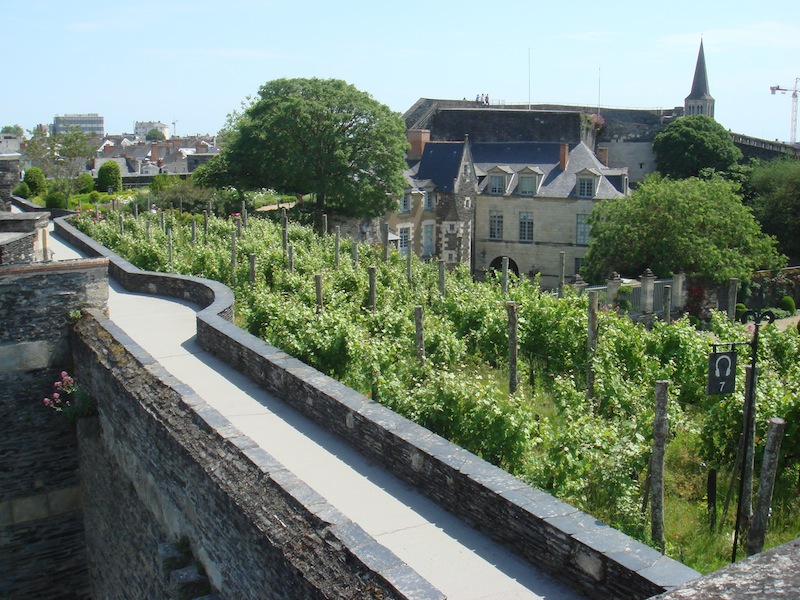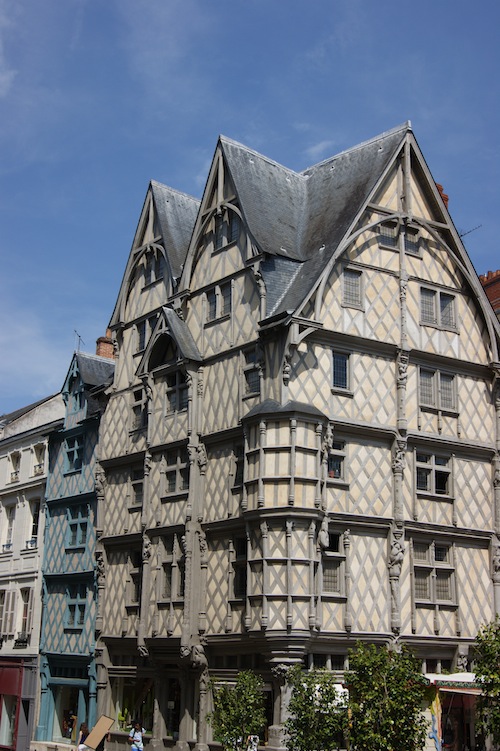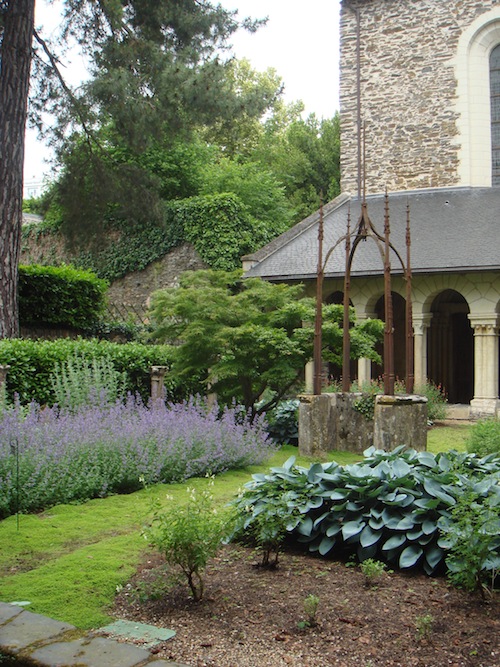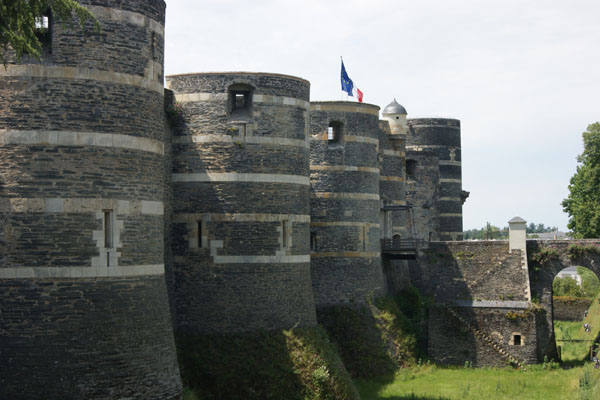Give me a good history book and a glass of wine and I’ll be a happy man.
She-Wolves by Helen Castor turned out to be a particularly good read, the story of three of England’s great medieval queens and their various battles to make a mark in a male-dominated world. But it also introduced me to the handsome French city of Angers.
Handy, then, that British Airways started flying its dinky Embraers there a few times a week in the spring and summer from London City Airport. It was too good an opportunity to miss.
The city is one of the gateways to the lush Loire Valley in the western region of Anjou, a region that was fought over by the French and English regularly back in the days of Queen Matilda, Henry II and the like.

In more recent times, Angers has had to deal with the ravages of time, modern warfare and Europe’s periodic economic woes but the authorities have spent substantial sums of money on tarting her up, giving her a spritely look for an old dame, and an air of 21st century confidence.
Buildings have been restored, there’s a flash tramline, streets have been pedestrianised and the Place du Ralliement has been revamped as a town square fit for locals and visitors alike. Unlike many other places in Europe, we found few empty shops and streets relatively free of the usual global brands.
Even the tiny airport looked like it had had a makeover when we arrived on a sunny, warm afternoon. It’s just a shame there were no taxis around to pick us up…
Architecturally, Angers has a bit of everything. One minute we were admiring buildings rich in art nouveau detail, the next the wooden-framed survivors of Angers’ medieval past – particularly in the pretty Doutre district with its cobbled streets and delightful residences. Slate was everywhere, from rooftops to pavements.

But we didn’t find it a stuffy place, overwhelmed by its past. Being a university town, students kept the bars and cafes busy and gave the city a youthful buzz.
Angers sits astride the River Maine and is dominated by the vast Chateau D’Angers, a castle and fortress that’s seen off many a challenger over the centuries. Parts of it were being restored on our visit but we were still able to visit the chapel, much of the fortifications and the beautifully kept gardens.
Sadly, a lot of damage was caused during World War II by the Nazis when an ammunition dump exploded. Then, in 2009, a fire brought more disaster.
We visited the castle’s prize possession – the large and historic Apocalypse Tapestry dating from the 14th century. But it didn’t really float my boat. And the audio guide did a poor job of telling this vast building’s history. However, on a sunny day, walking the battlements, with views of the city beyond, it was a great place for a visit.

Later, we stopped off at the twin-spired Cathedral of St Maurice, La Trinite Cathedral and the St Jean Hospital, a stunning space within beautiful grounds and cloisters that today house lively tapestries from the 1950s. The hospital was founded in about 1180 by Stephen de Marçay, seneschal of Anjou for King Henry II, and it remains surprisingly intact despite the ravages of almost 900 years.
Elsewhere, a handsome 15th century mansion housed a museum on the history of Angers (in French only) but I found the paintings and sculpture of the Musee de Beaux Artes rather less interesting.
With the sun shining, we explored the beautiful Jardin des Plantes and its free botanical gardens on the Boulevard Carnot (while trying not to look at the architectural disaster of the local conference centre nearby). The streets around throbbed with a typical French Saturday market, selling food, drink, clothes and pretty much everything else.

On Sunday, in the atmospheric and historic streets around and about the chateau, we found a vibrant antiques market. We spent several hours nosing around, amid the professional dealers and locals selling their retro bits and pieces. Every street seemed to be lined with stalls, car boots and marquees; tat and treasure in equal measure.
We relished the city’s food and drink too. The bars and cafes in the Place du Ralliement were busy but commercial, so we went looking for the gems in the side streets. Le Grandgousier was notable for cooking the mains on a barbecue in the heart of the dining room, and we celebrated Graham’s birthday there with some fine red wine.
We stayed at the Accor Group’s Mercure Centre Foch – the most central of the Mercure’s three hotels in town. It was clean and modern but lacking charm. The linked bar and restaurant – Joe Carpa – was popular day and night – and we made the most of it during our visit.
Angers may not have She Wolves these days, but it won us over.

